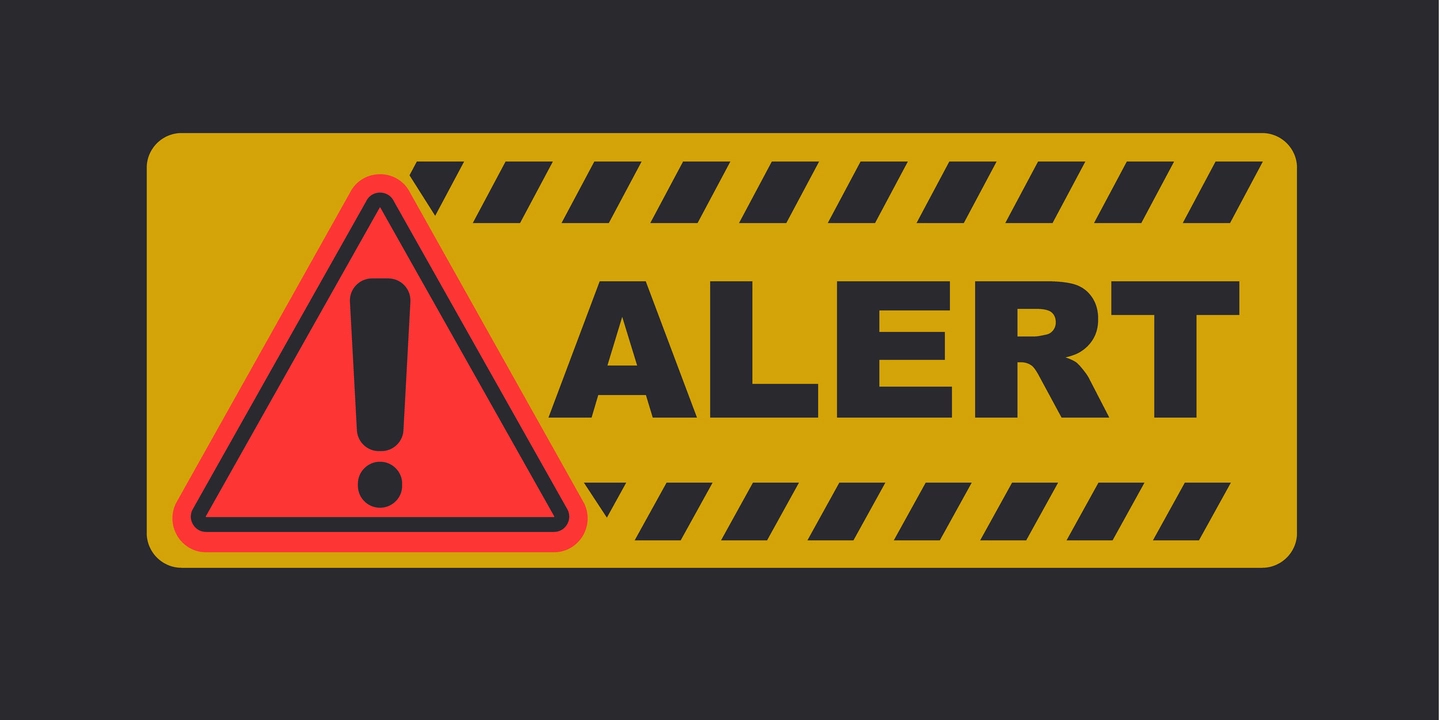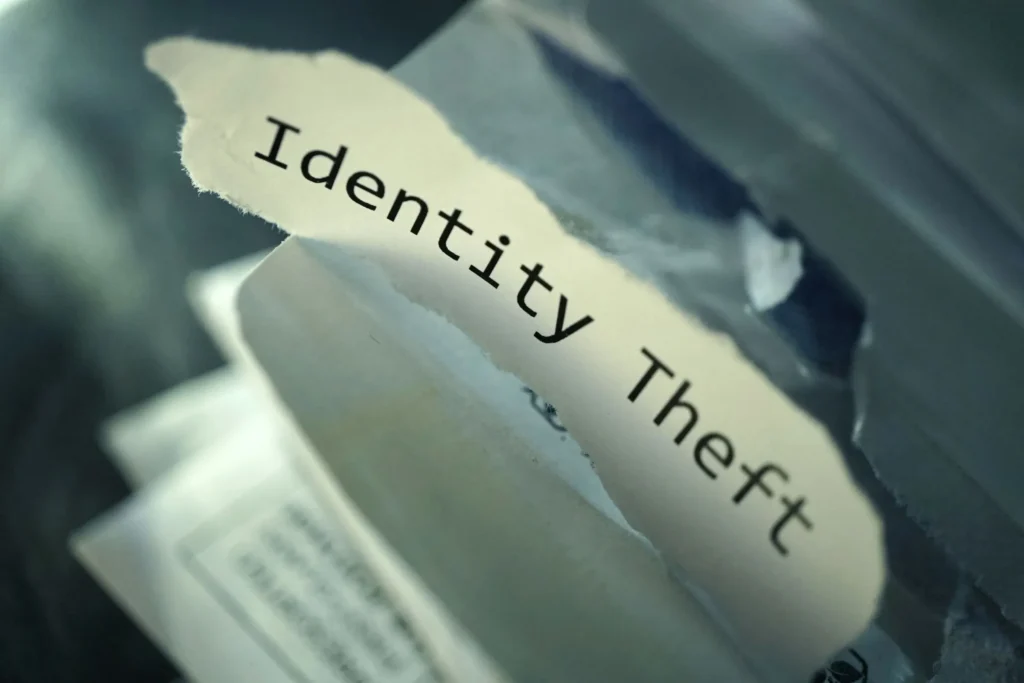
Insurance Scams and Fraud Prevention in Ontario
Insurance scams and fraud are persistent challenges in Ontario, costing insurers and policyholders millions of dollars each year. Fraudulent claims drive up premiums for everyone, creating a burden on the entire insurance system.
Common Types of Insurance Scams and Fraud in Ontario
Insurance scams can take many forms, targeting various types of insurance, including auto, home, business, and health insurance. Here are some of the most prevalent scams and fraud tactics in Ontario:
Staged Auto Accidents
Staged auto accidents are a sophisticated form of insurance fraud that often involves multiple participants who orchestrate a fake collision to file fraudulent claims. Here’s how it typically works:
- Setup: The perpetrators carefully plan the accident, selecting a victim and determining the ideal location and time. They often choose busy intersections or parking lots, where accidents seem more plausible.
- Execution: Common techniques include “swoop and squat,” where a vehicle suddenly swerves in front of another and brakes abruptly, or “panic stop,” where the lead car unexpectedly stops, causing a rear-end collision. Another tactic is “drive down,” where a car waves another into a lane, then collides with it.
- Follow-Up: After the staged accident, the scammers file claims for property damage, medical expenses, and sometimes even lost wages. They might exaggerate or completely fabricate injuries to increase their payout.
Falsifying Claims
Falsifying claims involves misrepresentation or deceit to inflate the value of an insurance claim or make claims for events that never occurred. This type of fraud can happen in various ways:
- Exaggerating Damage: A policyholder might inflate the cost of repairs or overstate the value of stolen or damaged property. This is common in auto and home insurance.
- Staged Theft: Scammers might stage a burglary, vandalism, or arson to claim compensation for “lost” or “damaged” items. They might also use older or broken items to make false claims.
- Double-Dipping: A policyholder might submit the same claim to multiple insurance companies or claim coverage from both personal and business policies for the same event.
Health Insurance Fraud
Health insurance fraud encompasses a wide range of deceptive activities involving health-related insurance claims. This can involve both policyholders and healthcare providers:
- False or Inflated Claims: Policyholders may submit claims for medical services they didn’t receive, or exaggerate injuries to gain additional benefits. Healthcare providers might bill for services not provided or use incorrect billing codes to charge for more expensive procedures.
- Prescription Fraud: Fraudsters may alter or forge prescriptions to obtain controlled substances or claim insurance reimbursement for prescriptions they never received.
- Identity Theft: Scammers might use stolen personal information to access health insurance benefits fraudulently. This can lead to significant costs for the insurance company and impact the victim’s ability to receive legitimate care.
Fake Insurance Policies
In this scheme, scammers pose as legitimate insurance brokers or agents, offering fake policies at seemingly attractive rates. Here’s how it usually plays out:
- Approach: Fraudsters often target individuals or businesses with unsolicited offers, presenting themselves as reputable brokers or agents. They might use fake websites or spoofed email addresses to appear legitimate.
- Selling Fake Policies: Scammers sell insurance policies that don’t actually exist, often at lower rates to entice customers. They might even provide forged documents to make the policy seem genuine.
- Discovery: Policyholders often discover the fraud only when they attempt to file a claim, at which point they learn that the policy is invalid and they are not covered. This can have devastating financial consequences.
Contractor Fraud
Contractor fraud is especially common after natural disasters or severe weather events, when homeowners are eager to repair damage. It involves fraudulent contractors who deceive homeowners and insurance companies:
- Overcharging for Repairs: Fraudulent contractors may inflate their repair costs, charging the insurance company much more than necessary. This can involve using substandard materials or providing incomplete work.
- Insurance Fraud: Some contractors collaborate with policyholders to submit fraudulent insurance claims, often claiming more damage than actually occurred or staging additional damage.
- Work Not Completed: In some cases, contractors accept payment but never complete the work, leaving homeowners without the repairs they paid for and often in a worse situation than before.
Each of these types of insurance scams can have serious consequences, not only for policyholders and insurance companies but also for the wider community, leading to increased premiums and reduced trust in the insurance system. By understanding these common scams, policyholders can better protect themselves and report suspicious activities when they occur.
How to Protect Yourself from Insurance Scams and Fraud
To safeguard yourself from insurance scams and fraud, consider the following tips:
Verify Insurance Providers
One of the most critical steps to avoid insurance fraud is to verify that you’re dealing with a legitimate insurance provider or broker. Here’s how you can do that:
- Check Registration: In Ontario, insurance brokers must be registered with the Registered Insurance Brokers of Ontario (RIBO). You can use the RIBO website to verify a broker’s registration and ensure they’re licensed to sell insurance in Ontario.
- Research the Company: Look up reviews and ratings online to understand the broker’s reputation. The Better Business Bureau (BBB) and other consumer review platforms are good resources to check for any red flags or complaints.
- Ask for Documentation: Request proof of licensure and other official documents from the broker or insurance company. Legitimate brokers should have no problem providing this information.
Document Everything
Maintaining thorough documentation is crucial for preventing fraud and ensuring that your insurance claims are processed smoothly. Here’s what to do:
- Keep Records: Save copies of all correspondence with your insurance provider, including emails, letters, and policy documents. This documentation serves as proof in case of disputes or inconsistencies.
- Take Photographs: If you’re involved in an accident or need to file a claim, take photographs or videos of the damage. This visual evidence can help verify your claim and deter fraud.
- Keep Receipts: Maintain receipts for any repairs or purchases related to your claim. These receipts validate the costs associated with your claim and can prevent false claims.
Be Wary of Unsolicited Offers
Fraudulent actors often use unsolicited offers to attract potential victims. To avoid falling into their trap, consider these tips:
- Question Unsolicited Contact: Be cautious when you receive unexpected phone calls, emails, or door-to-door visits offering insurance products. Scammers often use high-pressure tactics to make you act quickly.
- Research Before Committing: Take the time to research the company or individual offering you an insurance policy. Verify their credentials, check for reviews, and ask questions about the policy terms and conditions.
- Don’t Share Personal Information: Avoid providing personal or financial information to unsolicited contacts. Scammers can use this information for identity theft or other fraudulent activities.
Check for Staged Accidents
Staged auto accidents are a common insurance scam in Ontario. If you’re involved in a collision, be on the lookout for signs of fraud:
- Assess the Situation: If the accident seems unusual, with sudden stops or unexpected movements, it could be staged. Look for other signs, like unusual behavior from other drivers or an unusually high number of witnesses.
- Call the Police: Always contact the police after an accident. Request an official police report, which can help verify the incident’s details and deter fraud.
- Collect Information: Get the names, contact information, and insurance details of all parties involved in the accident. Take photographs of the vehicles, license plates, and the accident scene to document the event accurately.
Keep Your Personal Information Secure
Keeping your personal information secure is crucial in protecting yourself from insurance fraud. Here’s how to do it:
- Use Strong Passwords: Create strong, unique passwords for online accounts, including your insurance provider’s website. Avoid using easily guessed information like birthdays or names.
- Monitor Your Credit Report: Regularly check your credit report for unusual activity or unauthorized accounts. This can help you detect identity theft early and prevent further damage.
- Be Cautious with Sharing Information: Only share personal information with trusted sources. Avoid posting sensitive information online, and be wary of phishing scams that ask for personal or financial details.
Report Suspicious Activity
If you suspect insurance fraud, it’s important to report it to the appropriate authorities. Here’s what you should do:
- Contact Your Insurance Provider: If you suspect fraud involving your insurance policy, report it to your provider immediately. They have teams dedicated to investigating fraud and can take appropriate action.
- Report to the Police: If the fraud involves criminal activity, such as staged accidents or identity theft, contact the police. File a police report to create an official record of the incident.
- Use Crime Stoppers: In Ontario, you can report insurance fraud anonymously through Crime Stoppers. Call 1-800-222-TIPS (1-800-222-8477) to provide information without revealing your identity.
- Contact the Insurance Bureau of Canada (IBC): The IBC has a fraud hotline for reporting insurance fraud. You can call 1-877-IBC-TIPS (1-877-422-8477) to report suspected fraud.
Conclusion
Insurance scams and fraud are serious issues that affect everyone in Ontario. By understanding common fraud tactics and following the tips outlined above, policyholders can better protect themselves and help reduce the impact of fraud on the insurance system. Remember, if something seems suspicious or too good to be true, it likely is. Stay informed, stay vigilant, and report any concerns to help keep the insurance system fair and secure.



